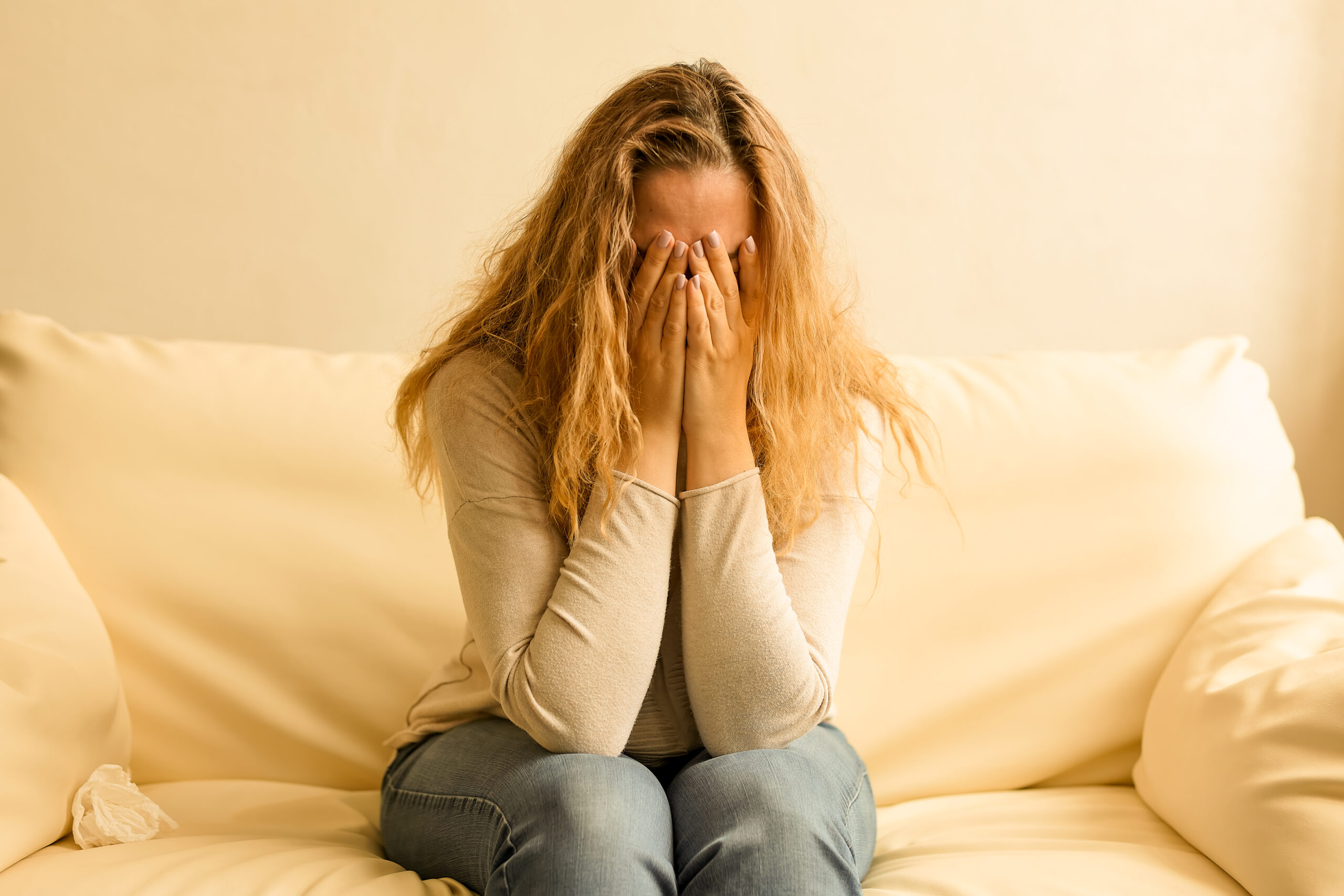Anxiety disorder is a broad term that encompasses many sub-disorders.

Anxieties
Effective treatment of anxiety disorders should be preceded by a diagnostic consultation, during which together with the client we determine the exact type of anxiety disorder, determine its severity, select the most effective psychotherapeutic method and, if necessary, recommend possible medication.
Anxiety states
Anxiety can be defined as either fear without a specific object, i.e., an often irrational feeling of tension and apprehension to which we continually assign different reasons in our mind. It can also be a fear of specific objects or situations that are not dangerous in everyday life, or the risk of danger is very low. A typical example is the fear of crowded spaces or driving in vehicles.
States of anxiety are perceived very intensely by the affected person and are often confusing for him. Nevertheless, four clear components can be defined in the feeling of anxiety. Properly conducted treatment of anxiety should address all four areas.

Want to learn more about anxiety?
Thought-wise, anxiety is characterized by negative thought chains. In the case of generalised anxiety, these may be thoughts such as: something terrible will happen, I will not be able to perform my normal life tasks, I will fail at work, I will fall ill with a serious illness, and many others. In the case of agoraphobia, accelerated thoughts like: I'm going to get sick in the department store, I'm going to faint and no one will help me. In the case of social phobia, the typical catastrophic scenarios involve the assumption that the attention of others will be critically focused on the anxious individual, who will then inevitably embarrass himself in front of others, look strange, blush, sweat or shake hands.
Do you need advice on what service to book or have further questions about your first meeting? We will be happy to contact you by phone.
To order you can use our online booking calendar or call our hotline +420 605 303 333the nurses will be happy to help you with everything.